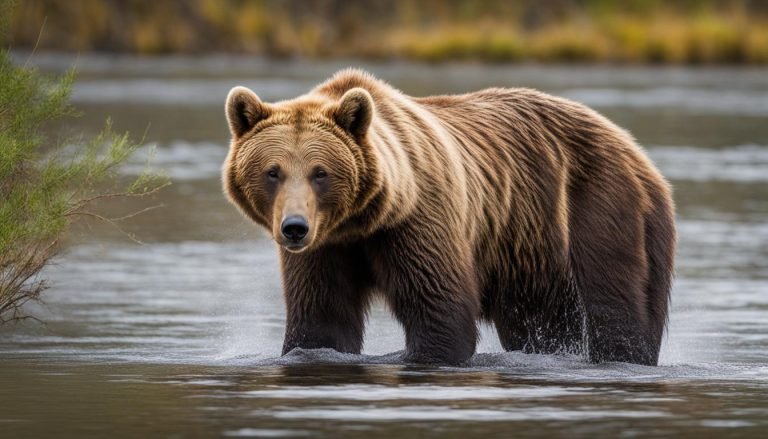15 Facts About Tigers That Will Surprise You
Embark on a journey into the untamed world of one of nature’s most enigmatic predators – the tiger. These majestic big cats have long captured human fascination with their regal presence and elusive behaviors.
From the dense jungles of Asia to the open grasslands, tigers have etched their place in the tapestry of the wild.
This collection of 15 facts about tigers unravels the mysteries surrounding these striped felines, exploring their unique adaptations, social dynamics, and the challenges they face in an ever-changing landscape.
Tiger Quiz
How well do you know tigers? Test your knowledge below!

1. Striking Coat Patterns
The distinctive coat patterns of tigers serve as both camouflage and a unique identifier. No two tigers have identical stripe patterns, and these markings help them blend into their habitats while also aiding researchers in identifying individuals for conservation efforts.
2. Powerful Roaring
Tigers are known for their powerful roars that can be heard over long distances. Roaring serves multiple purposes, including territorial communication, attracting potential mates, and asserting dominance. The low-frequency sound can carry for several miles, making it an effective means of signaling.
3. Solitary Stalkers
Tigers are solitary hunters, unlike some other big cats. They rely on stealth and strength to ambush their prey, often stalking within striking distance before launching a powerful attack. This solitary nature allows them to avoid competition for food within their territories.
4. Diverse Habitats
Tigers exhibit remarkable adaptability to diverse habitats, ranging from dense forests and grasslands to mangrove swamps. This adaptability has led to the existence of various subspecies, each uniquely suited to its specific environment.
5. Apex Predators
As apex predators, tigers play a crucial role in maintaining the ecological balance of their habitats. Their presence regulates prey populations, preventing overgrazing and promoting the overall health of ecosystems.
6. Territorial Guardians
Tigers are highly territorial animals, and males, in particular, establish and defend vast territories that encompass the ranges of several females. These territories serve as vital resources for hunting, mating, and raising their cubs.
7. Swimming Prowess
In contrast to the common belief that cats dislike water, many tigers are adept swimmers. They are known to cool off and traverse bodies of water, making them unique among big cat species in their comfort with aquatic environments.
8. Motherly Devotion
Tigresses display remarkable maternal instincts. They fiercely protect their cubs and invest considerable time in their upbringing, teaching them essential hunting and survival skills. This nurturing behavior is crucial for the cubs’ chances of survival in the wild.
9. Threatened Populations
Tigers face severe threats to their survival, primarily due to habitat loss, poaching, and human-wildlife conflict. As a result, several subspecies are critically endangered, and conservation efforts are imperative to ensure their continued existence.
10. Nocturnal Navigators
Tigers are primarily nocturnal, preferring to hunt and roam during the cover of night. This behavior aids their stealthy hunting tactics and reduces the chances of encountering larger predators that may compete for resources.
11. Vocal Communication
While renowned for their roars, tigers also communicate through a variety of vocalizations, including growls, moans, and chuffing sounds. These vocal cues play a role in establishing dominance, expressing aggression, or signaling during mating rituals.
12. Ambush Predators
Tigers are exceptional ambush predators, often relying on surprise to catch their prey. Their powerful hind legs enable them to make explosive sprints, and their sharp claws and powerful jaws deliver a swift and lethal attack.
13. Unique Social Dynamics
While predominantly solitary, tigers’ social dynamics can vary. Some individuals may tolerate the presence of others, particularly during mating or when sharing a kill. These interactions challenge the notion of tigers as strictly solitary creatures.
14. Declining Genetic Diversity
Conservation efforts for tigers face the challenge of preserving genetic diversity within populations. Inbreeding poses a significant threat, leading to health issues and reduced adaptability. Maintaining diverse gene pools is crucial for the long-term survival of these magnificent big cats.
15. Symbolic Cultural Significance
Tigers hold symbolic significance in various cultures, often revered as symbols of strength, power, and protection. From ancient myths to modern conservation efforts, the tiger’s charismatic presence continues to inspire and captivate human imagination.







